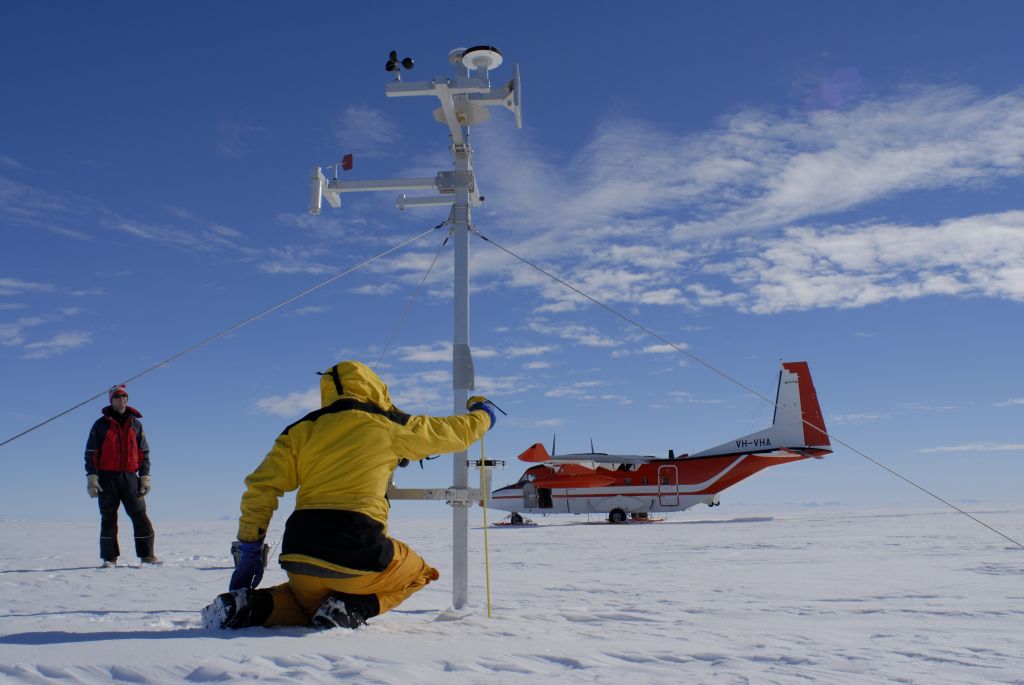For every airport regardless of the size, observing weather changes is a crucial activity to ensure the safety and efficiency of all airport operations. Weather affects almost all central operations in an airport. It includes landing, navigation, and takeoff. Therefore, the weather should be monitored closely and accurately using state-of-the-art weather instruments which are usually automated, i.e. Automated Weather Observing System (AWOS).
Small airports should pick a personal weather station that would efficiently convey real-time. Because accurate and reliable weather information is crucial for coping up with weather conditions. Otherwise, that could easily result in fatal accidents when not properly noted or analyzed.
Factors to Consider When Picking a Weather Station for a Small Airport
#1. Distance
The distance from the airport’s runway to the weather station is a crucial variable when choosing a weather station for a small airport. It is more important considering the existence of complex terrains and microclimates usually found in most airports. The larger the distance between the station and the runway, the more inaccurate the readings become. It’s therefore important to pick a weather station that can be installed closest to the runway. It provides a more accurate reading and comparative energy analysis.
#2. Elevation
The airport’s elevation and the weather station’s elevation should always be similar. For instance, it would be entirely unnecessary to choose a station that should be installed on top of a mountain while the airport is located on a plain as in most cases. There is a variety of software available such as the Autodesk Green Building which enables you to establish the topographical and land use features before deciding on an appropriate weather station.
#3. Surrounding Landforms
Another crucial factor to consider is landforms as in most instances they moderate the climate leading to inaccurate readings. Establish if the adjacent landforms next to the airport are a water body, mountain, flat land, forest, or hill. When the airport is very near to such landforms, an inland weather station would not be ideal as it will not represent the airport’s weather. It is also essential to establish if the airport receives the same sun exposure and wind as its surrounding. If yes, pick a weather station with a very high level of accuracy that would only monitor weather changes within the airport but not its environs.
#4. Underlying Data
Before selecting an ideal weather station, you may first want to review the airport’s location underlying data and compare it with the weather station readings. You should choose a station with the closest match(readings) to the airport. There is a variety of readily available software that enables you to review a location’s underlying weather data and recommends a suitable station. One good example is the Green Building Studio web which automatically analyses underlying data by comparing physical stations and virtual stations and subsequently designs suitable conditions for each station. Information provided by this software can enable you to pick an ideal weather station based on the airport’s location.
Best Weather Stations for Small Airports
#1. Dyacon MS-130 Weather Station
The Dyacon MS-130 is specifically made for small airports thanks to its easy-to-use METAR format where real-time weather information is relayed through a simple SMS text message interface. This weather station includes basic weather instruments to monitor frequent weather changes. It includes wind speed and direction, temperature, pressure, and humidity. A person can establish a weather change by simply sending a simple text message from their cell phone directly to the weather station. The METAR report then sends immediate feedback followed by updates every 15 minutes for the next two hours.
#2. Vaisala AviMet Weather Station
Vaisala is a single complete aviation solution that can be used to monitor a wide range of weather changes including pressure, lighting detection, pressure, and complex weather elements including liquid water equivalent (LWE). This weather station is ideal for both small and large airports and relays real-time and accurate weather information.
#3. Fine Offset WH2900
With a straightforward and easy setup, the Fine Offset WH2900 is ideal for small airports. This weather station monitors dew point(temperature), heat index, pressure, rainfall, wind speed, and direction with 1-degree resolution accuracy. A USB is used to fetch data from the weather station to a console. It automatically sends the information to the internet in real time. This weather sends an alert in times of dangerous weather conditions. Such as alarms for high wind speed and high indoor temperature and humidity. This makes it highly useful in monitoring weather conditions in airports.
Final Words
To conclude, Weather dramatically affects the efficiency and safety of almost every operation in an airport regardless of its size and location. It’s therefore essential to pick weather stations that are not only accurate but also relay real-time weather information over a long period to avoid fatal accidents. That could easily be averted by accurate weather monitoring and forecasting.

